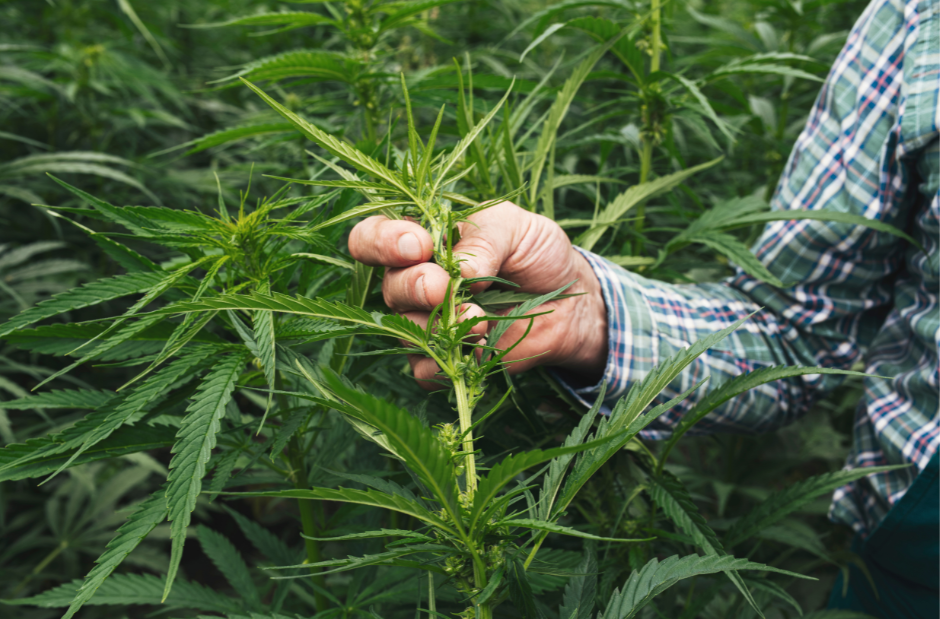Climate change and sustainable farming practices have been at the forefront of global discussions over the past decade. While some focus on advancing renewable energy, others emphasize water conservation. In reality, there are countless ways to positively impact the environment for future generations, and hemp is a powerful example.
Hemp is an incredibly versatile plant, offering a wide range of benefits. Its rapid growth has boosted cannabinoid research in medicine, while its seeds provide a valuable source of protein and fiber for both humans and animals. Hemp fiber can replace paper products, and it even has the potential to build homes.
With all the ways hemp can contribute, the question remains: how can it improve farming practices and restore soil health?
How Can Hemp Help Repair Soil?
In the 1930s, the United States faced a devastating environmental crisis known as the Dust Bowl. This disaster was fueled by a combination of drought and unsustainable farming practices, leading to the severe erosion of the nation’s farmland. The Library of Congress explains that “farmers plowed the prairie grasses and planted dry land wheat. As the demand for wheat products grew, cattle grazing was reduced, and millions more acres were plowed and planted.”
The removal of native grasses left the soil exposed, making it highly susceptible to the region’s notorious winds, particularly in states like Kansas and Oklahoma. The result was a catastrophic chain of events that has since been immortalized in American art and literature.
When native vegetation is stripped away, the soil becomes vulnerable to erosion. However, with sustainable agricultural practices, plants like hemp—known for their deep root systems—can help restore and protect the soil, preventing further degradation.

How Hemp Can Help Repair Soil
Hemp does more than just stabilize soil; it has the remarkable ability to repair damaged ground. Through a process called phytoextraction, hemp absorbs harmful contaminants like heavy metals, pesticides, and other pollutants from the soil. These toxins are stored within the plant, which is then harvested and removed from the environment.
For example, a 2020 study published by GCB Bioenergy notes that “Hemp is capable of phytoextraction of heavy metals and radionuclides, with the contaminants distributed throughout the entire plant in varying concentrations.”
Current Research
Ongoing research is increasingly focusing on hemp’s role in soil remediation. A 2022 study conducted by USDA-ARS researchers in California highlighted how industrial hemp can effectively extract heavy metals from the soil. The study found that “Hemp’s deep root system and tolerance to metal accumulation make it an ideal candidate for this purpose. Furthermore, the biomass produced after harvest has a wide range of potential commercial uses.”
The recent surge in research has been fueled by the growing availability of hemp biomass due to widespread legalization, as well as greater access to hemp seeds and young plants. These developments have opened up new avenues for exploration.
The Bottom Line
Hemp is proving to be a versatile tool for both soil restoration and preservation. It holds significant promise in removing contaminants from the soil and protecting against erosion. However, the next challenge lies in determining the best use for hemp once it is harvested. While multiple options are available, the ideal path forward is still unfolding. One thing is clear: the potential of hemp in environmental recovery is just beginning to be fully realized.
